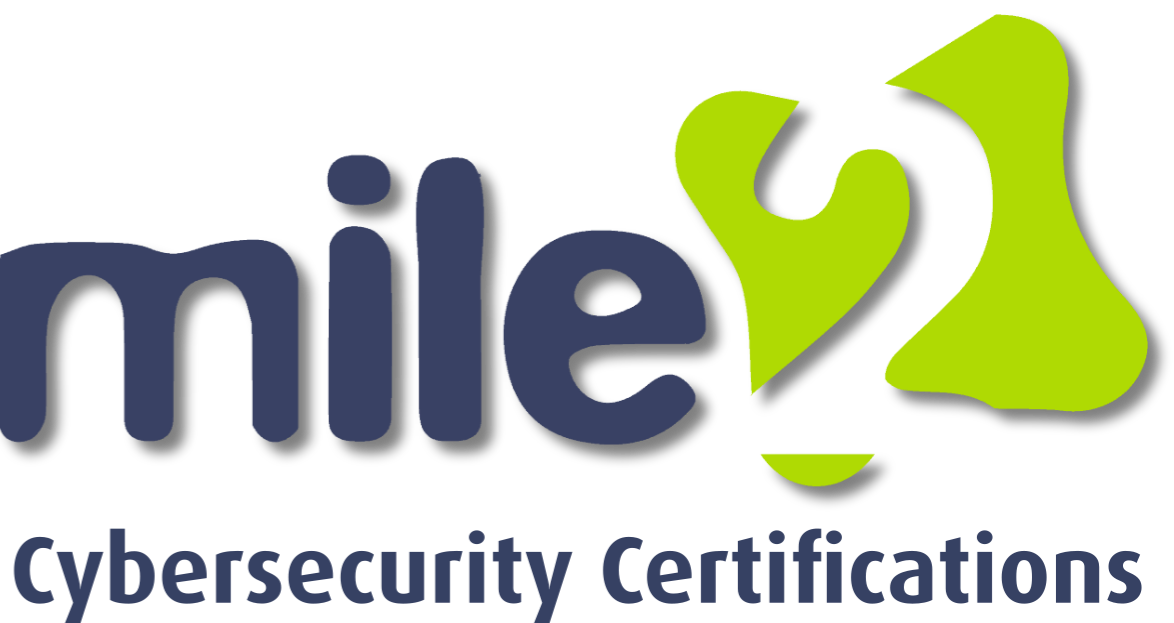Victoria Rollins
Forum Replies Created
-
AuthorPosts
-
Victoria Rollins
ParticipantWhen troubleshooting printers, there are various methodologies that can be utilized depending on the issue at hand. Here are some common types of printer troubleshooting methodologies:
1. Visual Inspection: Examine the printer physically for any obvious signs of damage, paper jams, or other visible issues.
2. Software Diagnostics: Use software tools provided by the printer manufacturer to diagnose and fix software-related problems.
3. Driver Updates: Ensure that the printer drivers are up-to-date. You can download the latest drivers from the manufacturer’s website.
4. Connection Issues: Check all the connections between the printer, computer, and power source to ensure everything is properly connected.
5. Print Queue Management: Clear the print queue of any pending print jobs that may be causing issues.
6. Cartridge and Ink Levels: Check the ink or toner levels and replace cartridges if necessary.
7. Printer Reset: Restart the printer to clear any temporary issues that may be causing problems.
8. Firmware Updates: Ensure that the printer firmware is updated to the latest version to fix any known bugs or issues.
9. Hardware Inspection: If all else fails, consider inspecting the printer’s hardware components for any faults that may require repair or replacement.
By using a systematic approach that incorporates these troubleshooting methodologies, you can effectively identify and resolve most common printer problems.
Victoria Rollins
ParticipantThere are several Wi-Fi standards and encryption options commonly used today. Here are some of the main ones:
Wi-Fi Standards:
1. 802.11b: Introduced in 1999, it has a maximum speed of 11 Mbps and operates on the 2.4 GHz frequency band.
2. 802.11g: Introduced in 2003, it has a maximum speed of 54 Mbps and operates on the 2.4 GHz frequency band.
3. 802.11n: Introduced in 2009, it supports speeds up to 600 Mbps and operates on both the 2.4 GHz and 5 GHz frequency bands.
4. 802.11ac: Introduced in 2014, it supports speeds up to several gigabits per second and operates only on the 5 GHz frequency band.
5. 802.11ax (Wi-Fi 6): Introduced in 2019, it offers even higher speeds and more efficient use of the wireless spectrum compared to 802.11ac.
Encryption Options:
1. WEP (Wired Equivalent Privacy): An older encryption standard that is now considered insecure and easily compromised.
2. WPA (Wi-Fi Protected Access): Introduced as a replacement for WEP, with improved security features.
3. WPA2: The most widely used Wi-Fi security protocol currently, offering stronger encryption and security than WPA.
4. WPA3: The latest Wi-Fi security protocol, providing improved security features and protection against various types of attacks.
Choosing the right Wi-Fi standard and encryption option depends on factors such as the devices you have, the level of security required, and compatibility with your network equipment. Upgrading to newer Wi-Fi standards and using stronger encryption protocols like WPA2 or WPA3 can help ensure a more secure and efficient wireless network.
Victoria Rollins
ParticipantTwo operational procedures that are valuable to implement in a corporation or organization are:
Document Management Procedures:
– Value: Implementing document management procedures ensures that all documents, both physical and digital, are organized, version-controlled, and easily accessible to authorized personnel. This helps in maintaining consistency, reducing errors, and improving overall efficiency in information retrieval and decision-making processes.
– Implementation: Develop clear guidelines on how documents should be stored, named, versioned, and accessed. Use document management software to facilitate centralized storage and control access rights. Regularly review and update document management procedures to adapt to changing needs.Disaster Recovery Procedures:
– Value: Disaster recovery procedures are essential for mitigating the impact of unexpected events such as natural disasters, cyber-attacks, or system failures. By having a well-documented and tested plan in place, an organization can minimize downtime, protect critical data, and resume operations swiftly in the event of a disaster.
– Implementation: Identify potential risks and threats to your organization’s operations, prioritize critical systems and data for recovery, create a detailed disaster recovery plan outlining roles, responsibilities, and steps to be taken during and after a disaster. Regularly test and update the plan to ensure its effectiveness.Implementing these operational procedures in a corporation or organization can lead to increased efficiency, improved data security, better risk management, and enhanced overall resilience in the face of unforeseen challenges. By establishing clear processes and protocols for document management and disaster recovery, businesses can operate more effectively, protect vital assets, and ensure continuity in the long run.
Victoria Rollins
ParticipantTwo common types of cable connectors used for display devices are HDMI (High-Definition Multimedia Interface) and VGA (Video Graphics Array) connectors.
HDMI (High-Definition Multimedia Interface)
Usage HDMI cables are commonly used to connect audio and video devices, such as TVs, monitors, projectors, and gaming consoles, to source devices like computers, DVD players, or set-top boxes.
Advantages HDMI supports high-definition video and audio transmission in a single cable. It provides high-quality digital audio and video signals, supporting resolutions up to 4K.
Compatibility HDMI is widely used and supported by most modern devices. It is the standard choice for connecting HD and 4K devices, offering a convenient plug-and-play solution.VGA (Video Graphics Array)
Usage VGA cables are commonly used to connect older computers, laptops, or other VGA-output devices to external displays like monitors or projectors.
Advantages VGA cables are analog and have been around for a long time, making them compatible with many older devices. They are simple to use and widely available.
Limitations VGA does not support high-definition video and does not carry audio signals. It is gradually being replaced by digital interfaces like HDMI and DisplayPort.
When using these connectors, it’s important to consider the compatibility of both the source device and the display device. HDMI is more commonly used for modern high-definition setups, while VGA is still relevant for connecting older devices or non-HD displays. Always ensure that the cable connectors match the ports on your devices for a successful connection.Victoria Rollins
ParticipantTroubleshooting display devices can involve several steps to identify and potentially resolve issues Check the connections.Ensure that all cables connecting the display device (monitor, TV, etc.) are securely plugged in. Sometimes loose connections can cause display problems. Restart the devices. Try restarting both the display device and the source device (computer, console, etc.). This can sometimes resolve issues caused by temporary glitches. Adjust display settings. Check the display settings on the source device to ensure they are compatible with the display device. Incorrect resolution settings can result in a blank or distorted screen.
Update drivers. Make sure that the drivers for the display device and the source device are up to date. Outdated drivers can cause compatibility issues.
Try a different cable. If possible, use a different cable to connect the devices. A faulty cable can sometimes be the cause of display problems.
Test on another device. If available, try connecting the display device to another source device. This can help determine if the issue is with the display device or the original source device. Check for physical damage. Inspect the display device for any physical damage. Cracks, lines on the screen, or discoloration can indicate a hardware.Victoria Rollins
ParticipantWith input devices capturing and sending data for processing and output devices receiving and presenting processed data this highlights the seamless flow of information within a computer system to facilitate various computing tasks.
Victoria Rollins
ParticipantInput and output devices are essential components of a computer system that facilitate communication between the user and the computer. Input devices are used to input data and commands into the computer. Examples are as such keyboards, mics, touchscreens, scanners, ad microphones. Input devices enable users to interact with the computer system by providing data and instructions. They convert huma- readable- data and into machine- readable data for processing by the computer. Output devices are used to display or output processed data from the computer. Examples of output devices include monitors, printers, speakers, and projectors. Output devices present information in a human-readable format based on the computer’s processing.
Victoria Rollins
ParticipantYou did a great job providing a detailed overview of various physical computer storage devices, emphasizing the importance of handling them with care to maintain data integrity.
Victoria Rollins
ParticipantExpansions slots and cards indeed offer numerous benefits to users by enhancing a computer’s capabilities through the addition of specialized hardware.
Victoria Rollins
ParticipantYou made a great comparison between ROM and RAM, noticing the differences in their permanence and fuctionality.
Victoria Rollins
ParticipantIt seems like you have a good understanding of the steps involved in troubleshooting a power supply for a computer. It’s crucial to follow safety guidelines and take necessary precautions when working with electrical components to avoid any risks.
Victoria Rollins
ParticipantIt’s great that you’re delving into the importance of the motherboard in a computer system. The motherboard acts as the central hub where different components interact, making it a crucial element in the system. Regarding the CPU, it’s a vital component that processes instructions from both hardware and software. Overheating is a common concern with CPU’s especially under heavy use. Taking preventive measures like allowing the computer to cool down, monitoring temperatures, and ensuring proper ventilation can help prevent damage to the CPU and other internal components.
Victoria Rollins
Participanttroubleshooting computers is indeed a crucial skill in today’s digital world. It involves a systematic approach to identifying and resolving issues that can disrupt our daily activities and work. Efficient troubleshooting not only saves time and money but also helps maintain productivity by minimizing downtime.
Victoria Rollins
ParticipantPhysical computer storage refers to the hardware components where data is saved and retrieved by a computer system. Various storage method include; Hard Disk Drives, Solid State Drives, USB Flash Drives, Memory Cards, Cloud Storage, etc. HDD’s use rotating disks coated with magnetic material to store data. They are widely used for long-term storage due to their relatively low cost and high capacity. SSD’s are storage devices that use flash memory to store data. They are faster and more durable than HDD’s but are typically more expensive and offer less storage capacity. USB Flash Drives, these portable storage devices use flash memory to store data and are commonly used for transferring files between computers or as a backup solution. Memory cards are small, removable storage devices commonly used in camera’s smartphones, and other portable devices to store photos, videos, and other data. Cloud storage allows users to store and access data over the internet. Services like Google Drive, Dropbox, and iCloud provide a convenient way to store files securely and access them from various devices. Each storage method has its own advantages and disadvantages in terms of speed, capacity, cost, and durability, allowing users to choose the most suitable option based on their specific needs and requirements.
Victoria Rollins
ParticipantI define myself as a Christian. Being a Christian is very difficult sometimes. There are times I want to sin but that is Satan pulling on my chains to try and pull me away from the lord and I cannot allow that to happen ever. I am hoping to continue to grow my relationship with the Lord and continue to allow myself time to forgive the Lord and allow myself to build within him.
-
AuthorPosts

